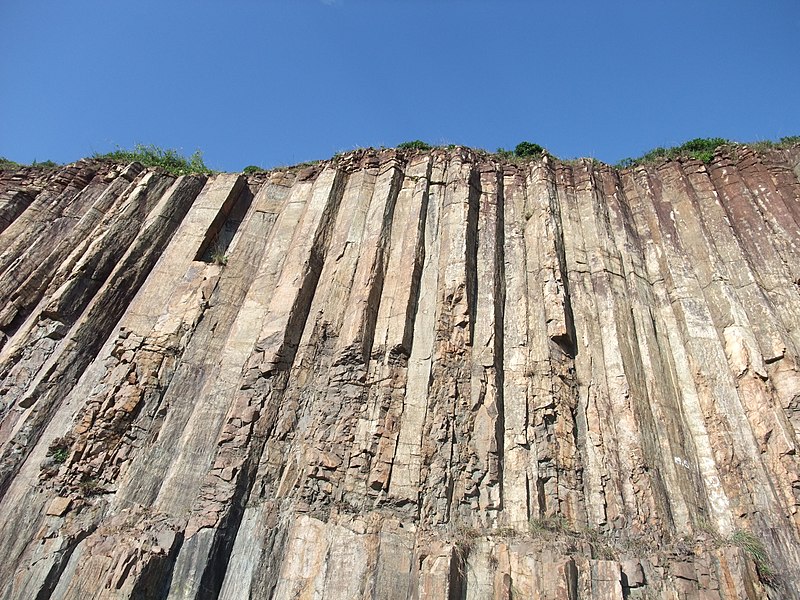After a blog hiatus, it's good to be back in the swing of things! I've missed sharing the newest, awesomest science with you all.
1. Remote Controlled Cockroaches. Seriously.
New research done at North Carolina State University has resulted in cockroaches that people can steer around remotely. I'm not kidding. WE NOW HAVE REMOTE CONTROLLED COCKROACHES.
By strapping a biologically interfacing robotic backpack (read: gizmo) to a cockroach's back, people can actually control where the roach is going. Little signals get sent to the cockroach's sensory system, tricking them into moving. Manipulative? Sure. But it's actually for a good cause.
The goal is to create a biological task force that can infiltrate rubble during disasters to search for trapped humans. People have been trying to design robots to do this, but this innovative team of researchers decided, "Why mess with perfection?". Cockroaches are amazing survivors, super durable, and can climb around on almost any surface. Sending in a fleet of roboticized cockroaches to unstable, earthquake/bomb-struck areas is just pure genius. Pure. Genius.
And speaking of using animals to help out...
2. Sea Otters Lend Their Adorable, Fuzzy Paws In The Fight Against Global Warming
A new study suggests that by crunching on urchins, sea otters could indirectly reduce CO2 levels in the atmosphere. This is because sea urchins decimate kelp forests, which utilize CO2 in photosynthesis, and by reducing urchins, you therefore increase kelp.
Kelp is extremely great at using up CO2, more-so than most other plants. If we let more kelp grow in our oceans, we may see some drop in CO2 quantities in the air. That's pretty darn useful, if you ask me.
This whole thing might seem like a simple idea (it is), but the concept of using animals to help reduce CO2 is actually new. Saving endangered sea otters can now be thought of as another way to save ourselves, rather than just a way to stop their singular species from going extinct. I think that's both insightful and practical. Kudos to the team behind this study for thinking outside the box.
And now, onwards to the story I've been waiting this whole post to get to...
3. Supervolcano in Hong Kong!!!
So it turns out, Hong Kong is on top of a supervolcano. A SUPERVOLCANO. But don't worry, it's extinct.
To be more specific, geologists have recently determined that parts of Hong Kong and its outer isles reside on top of an ancient supervolcano. That's where its lovely hexagonal basaltic rock formations come from. There were some intense lava flows there a long time ago. Really intense.
A supervolcano is exactly what it sounds like: a humongous, ungodly large volcano. This one was likely eleven miles across. Just think about that for a moment. Let that sink in. An eleven mile wide volcano.
Now that you've picture it, calm down. It's been not only dormant, but actually extinct (no way, no how it can erupt) now for over a hundred million years. So we don't have to worry about evacuating Hong Kong. Seriously, don't worry.
What's awesome about this is that major geological features, such as supervolcanoes, have mostly been assumed to have been discovered already. So to realize there's one right under such a major human population is pretty astounding. For a geology geek such as myself, this deserves all the spots on this Weekly Science Roundup. But I held myself in check and just kept it as one of the three posts. You're welcome.



No comments:
Post a Comment